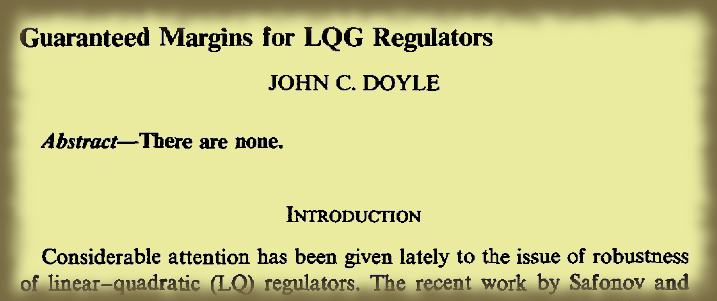┌ Warning: Keyword argument hover not supported with Plots.GRBackend(). Choose from: annotationcolor, annotationfontfamily, annotationfontsize, annotationhalign, annotationrotation, annotations, annotationvalign, arrow, aspect_ratio, axis, background_color, background_color_inside, background_color_outside, background_color_subplot, bar_width, bins, bottom_margin, camera, clims, color_palette, colorbar, colorbar_entry, colorbar_scale, colorbar_title, colorbar_titlefont, colorbar_titlefontcolor, colorbar_titlefontrotation, colorbar_titlefontsize, connections, contour_labels, discrete_values, fill, fill_z, fillalpha, fillcolor, fillrange, fillstyle, flip, fontfamily, fontfamily_subplot, foreground_color, foreground_color_axis, foreground_color_border, foreground_color_grid, foreground_color_subplot, foreground_color_text, formatter, framestyle, grid, gridalpha, gridlinewidth, gridstyle, group, guide, guidefont, guidefontcolor, guidefontfamily, guidefonthalign, guidefontrotation, guidefontsize, guidefontvalign, html_output_format, inset_subplots, label, layout, left_margin, legend_background_color, legend_column, legend_font, legend_font_color, legend_font_family, legend_font_halign, legend_font_pointsize, legend_font_rotation, legend_font_valign, legend_foreground_color, legend_position, legend_title, legend_title_font_color, legend_title_font_family, legend_title_font_pointsize, legend_title_font_rotation, legend_title_font_valigm, levels, lims, line, line_z, linealpha, linecolor, linestyle, linewidth, link, margin, marker_z, markeralpha, markercolor, markershape, markersize, markerstrokealpha, markerstrokecolor, markerstrokewidth, minorgrid, minorgridalpha, minorgridlinewidth, minorgridstyle, minorticks, mirror, normalize, orientation, overwrite_figure, permute, plot_title, plot_titlefontcolor, plot_titlefontfamily, plot_titlefontrotation, plot_titlefontsize, plot_titlelocation, plot_titlevspan, polar, primary, projection, quiver, ribbon, right_margin, rotation, scale, series_annotations, seriesalpha, seriescolor, seriestype, show, show_empty_bins, showaxis, size, smooth, subplot, subplot_index, thickness_scaling, tick_direction, tickfontcolor, tickfontfamily, tickfonthalign, tickfontrotation, tickfontsize, tickfontvalign, ticks, title, titlefontcolor, titlefontfamily, titlefonthalign, titlefontrotation, titlefontsize, titlefontvalign, top_margin, unitformat, weights, widen, window_title, x, xdiscrete_values, xerror, xflip, xforeground_color_axis, xforeground_color_border, xforeground_color_grid, xforeground_color_text, xformatter, xgrid, xgridalpha, xgridlinewidth, xgridstyle, xguide, xguidefontcolor, xguidefontfamily, xguidefonthalign, xguidefontrotation, xguidefontsize, xguidefontvalign, xlims, xlink, xminorgrid, xminorgridalpha, xminorgridlinewidth, xminorgridstyle, xminorticks, xmirror, xrotation, xscale, xshowaxis, xtick_direction, xtickfontcolor, xtickfontfamily, xtickfonthalign, xtickfontrotation, xtickfontsize, xtickfontvalign, xticks, xunitformat, xwiden, y, ydiscrete_values, yerror, yflip, yforeground_color_axis, yforeground_color_border, yforeground_color_grid, yforeground_color_text, yformatter, ygrid, ygridalpha, ygridlinewidth, ygridstyle, yguide, yguidefontcolor, yguidefontfamily, yguidefonthalign, yguidefontrotation, yguidefontsize, yguidefontvalign, ylims, ylink, yminorgrid, yminorgridalpha, yminorgridlinewidth, yminorgridstyle, yminorticks, ymirror, yrotation, yscale, yshowaxis, ytick_direction, ytickfontcolor, ytickfontfamily, ytickfonthalign, ytickfontrotation, ytickfontsize, ytickfontvalign, yticks, yunitformat, ywiden, z, z_order, zdiscrete_values, zerror, zflip, zforeground_color_axis, zforeground_color_border, zforeground_color_grid, zforeground_color_text, zformatter, zgrid, zgridalpha, zgridlinewidth, zgridstyle, zguide, zguidefontcolor, zguidefontfamily, zguidefonthalign, zguidefontrotation, zguidefontsize, zguidefontvalign, zlims, zlink, zminorgrid, zminorgridalpha, zminorgridlinewidth, zminorgridstyle, zminorticks, zmirror, zrotation, zscale, zshowaxis, ztick_direction, ztickfontcolor, ztickfontfamily, ztickfonthalign, ztickfontrotation, ztickfontsize, ztickfontvalign, zticks, zunitformat, zwiden
└ @ Plots ~/.julia/packages/Plots/MR7sb/src/args.jl:1557

